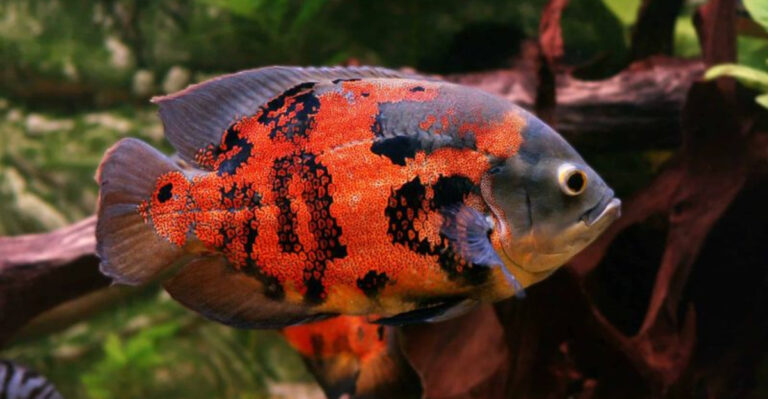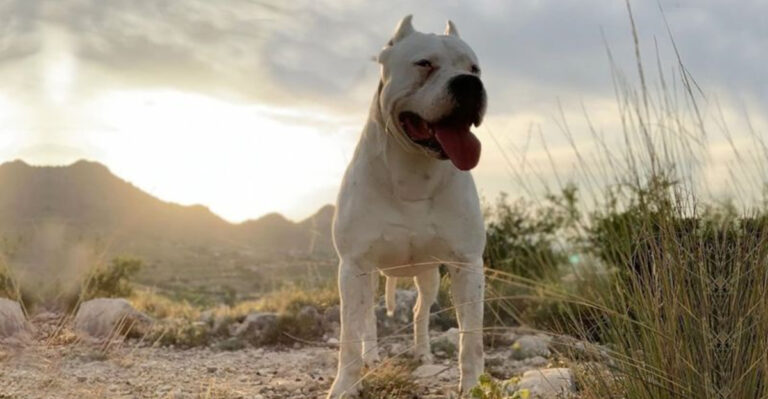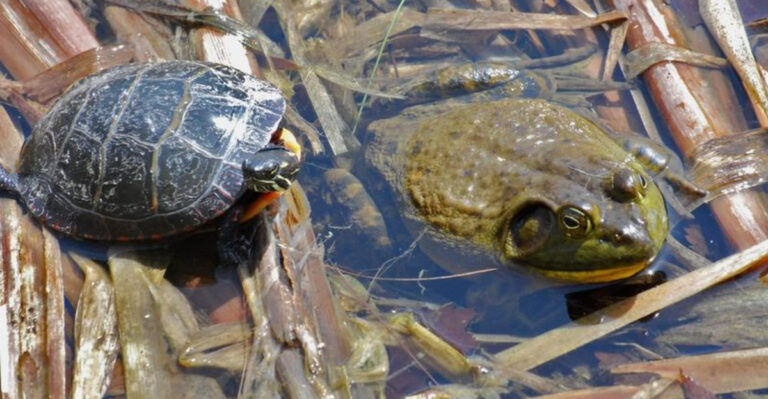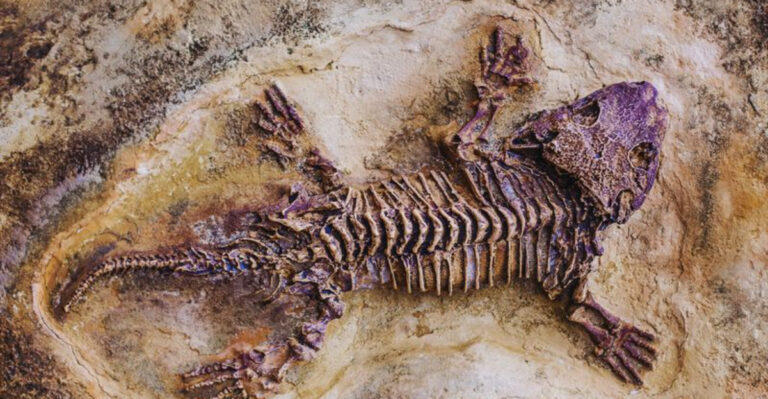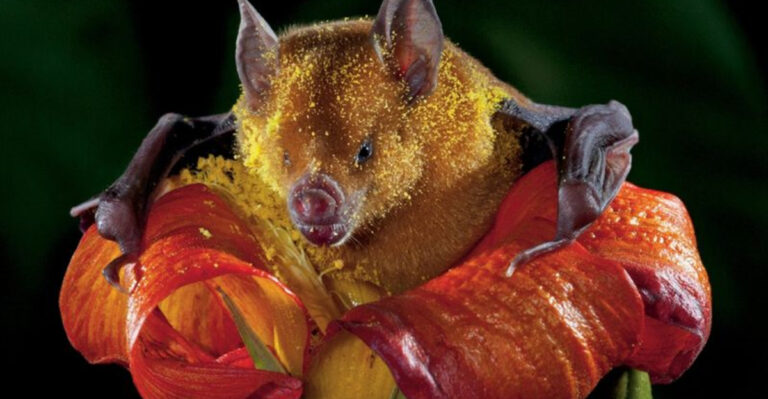Learn All About The Recently Identified Bee Species In Texas And Oklahoma

Buzzing across the fields of Texas and Oklahoma is a fascinating new bee species that scientists have recently discovered – the Andrena Androfovea.
This tiny powerhouse is making waves in the scientific community due to its unique characteristics and important role in our ecosystem.
Get ready to explore the incredible world of this newly identified pollinator and learn why it matters to our environment and food supply.
1. Introduction To Andrena Androfovea
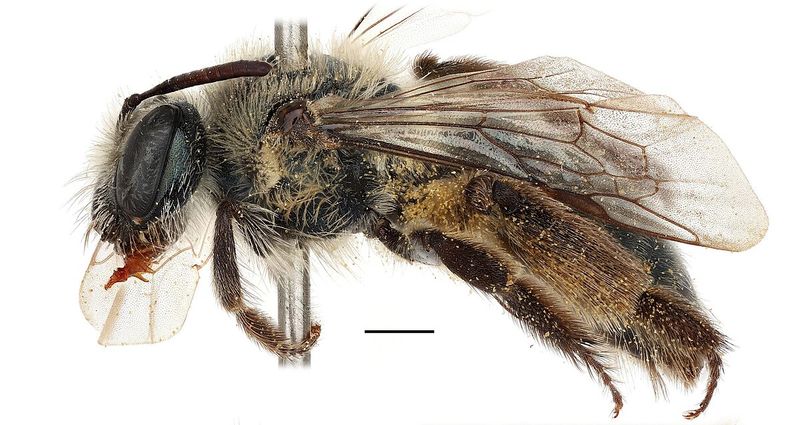
Meet the newest buzz in the bee world – Andrena Androfovea! This recently identified species belongs to the mining bee family, known for their ground-nesting habits rather than living in hives.
Smaller than a honeybee but bigger than many native bees, these fuzzy fliers sport distinctive golden-brown hair and unique wing patterns that help scientists tell them apart from their cousins. They’re solitary bees, meaning each female builds her own nest without the complex social structure of honeybees.
Unlike aggressive wasps or defensive honeybees, these gentle creatures rarely sting humans, making them welcome visitors to gardens and farms alike.
2. Where Andrena Androfovea Was Discovered
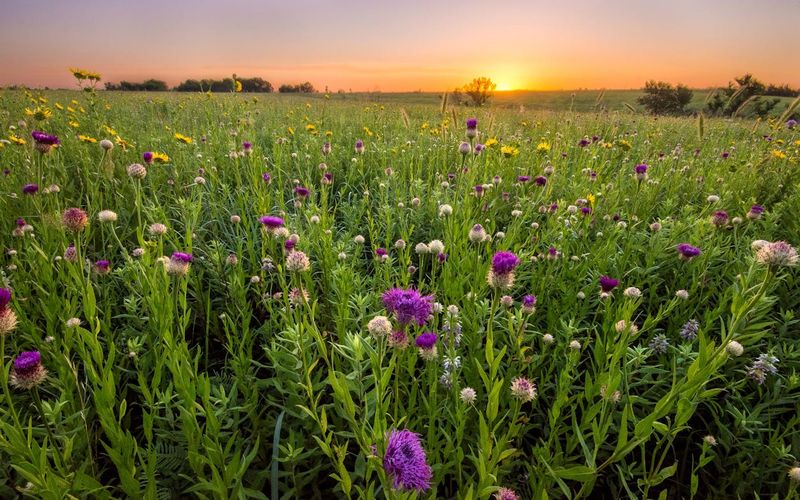
The rolling plains between northern Texas and southern Oklahoma provided the perfect backdrop for this exciting discovery. Scientists first spotted these bees in 2019 near the Red River, which forms the border between these two states.
The initial sighting happened in a protected wildlife area where native wildflowers grow abundantly. Researchers were conducting a routine survey of pollinators when they noticed bees with unfamiliar markings visiting early spring blooms.
Follow-up studies revealed populations scattered throughout both states, particularly in areas with minimal pesticide use and diverse native plant communities. Their distribution seems to follow natural corridors of prairie habitat that have escaped intensive development.
3. Unique Features Of Andrena Androfovea
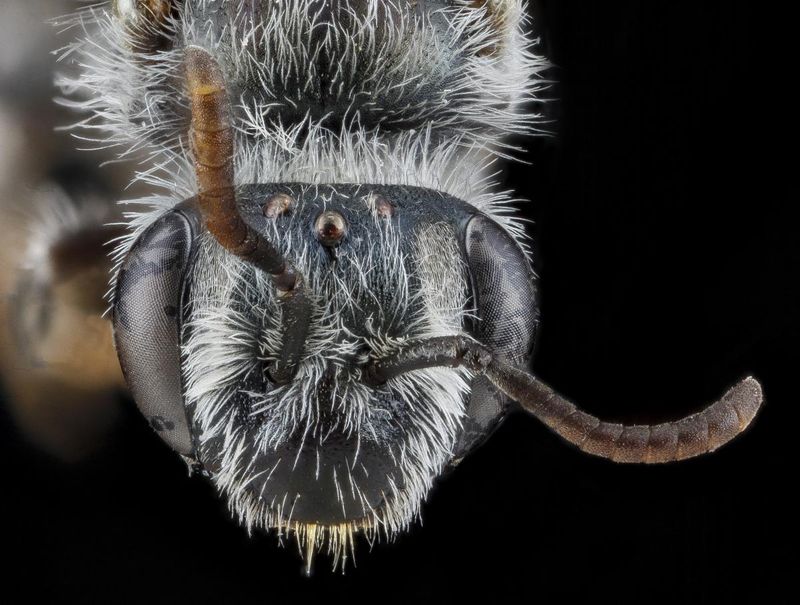
Sporting distinctive facial markings that resemble tiny mustaches, male Andrena Androfovea bees stand out from their relatives. Their bodies measure about 11-13mm long – slightly smaller than a honeybee but chunkier in build.
The most remarkable feature is their specialized pollen-collecting hairs (called scopae) on their hind legs. These hairs have a unique spiral pattern not seen in other Andrena species. Under a microscope, you can spot their unusually long antennae which contain more sensory receptors than typical mining bees.
Their wings reflect a subtle purple iridescence when caught in sunlight, and females have heart-shaped facial markings that help experts with identification.
4. The Habitat Of Andrena Androfovea
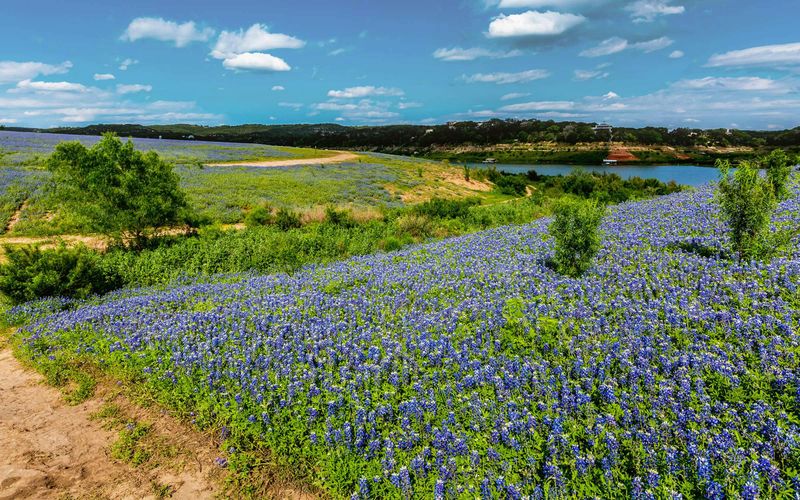
Sandy loam soils with sparse vegetation create the perfect home for these ground-nesting bees. They prefer areas with gentle slopes that provide good drainage, preventing their underground tunnels from flooding during spring rains.
You’ll find Andrena Androfovea thriving in prairie remnants, natural meadows, and the edges of oak savannas. They avoid heavily forested areas and seem particularly drawn to locations with abundant spring-blooming plants like wild indigo, prairie verbena, and Texas paintbrush.
Interestingly, they’ve also adapted to some human-modified landscapes such as highway medians planted with native wildflowers and restored prairie patches in rural parks.
5. Andrena Androfovea’s Role In Pollination
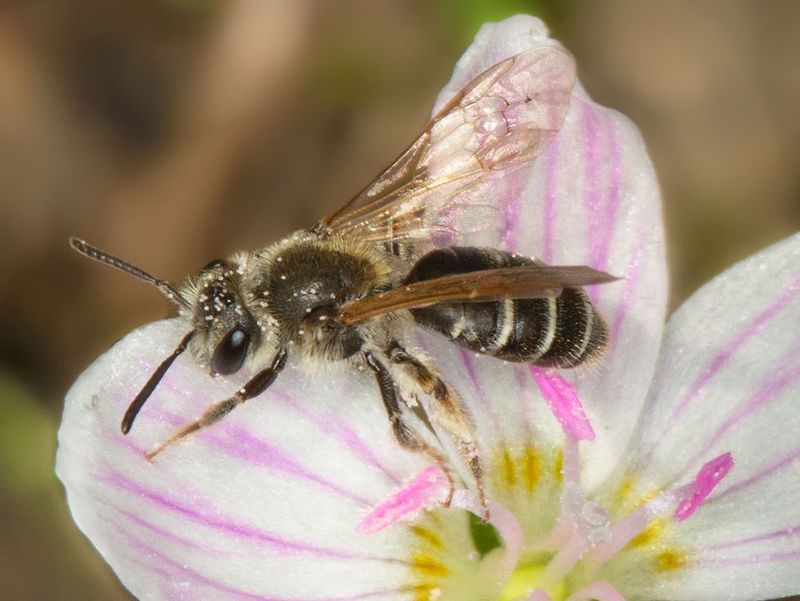
Early risers by nature, these bees emerge before many other pollinators, making them crucial for early-blooming plants. Their specialized body hairs pick up significantly more pollen than honeybees, creating a walking pollen dispenser that boosts plant reproduction rates.
Scientists have observed them pollinating over 30 native plant species, including several that other bees typically ignore. Their favorite plants include wild plums, redbuds, and various prairie wildflowers that bloom in March and April.
Farmers growing early strawberry varieties have reported better fruit production in fields near Andrena Androfovea populations. This suggests these bees might have economic value beyond their ecological importance.
6. Importance Of Andrena Androfovea For Local Ecosystems
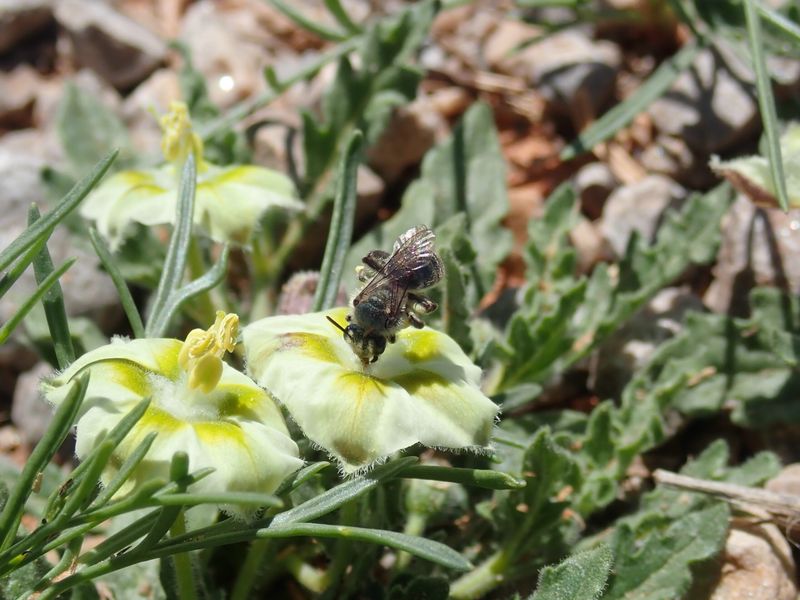
These bees fill a critical ecological niche by pollinating early spring plants when few other pollinators are active. Their emergence coincides perfectly with the blooming of several threatened prairie plants that depend on specialized pollinators.
The underground nests they create aerate the soil and provide microhabitats for beneficial soil organisms. When abandoned, these tunnels become homes for other small creatures like beneficial beetles and native soil-dwelling bees.
They’re also an important food source for early-nesting birds feeding their young. The presence of healthy Andrena Androfovea populations indicates a functioning ecosystem with good biodiversity – making them valuable bioindicators for environmental scientists.
7. The Life Cycle Of Andrena Androfovea
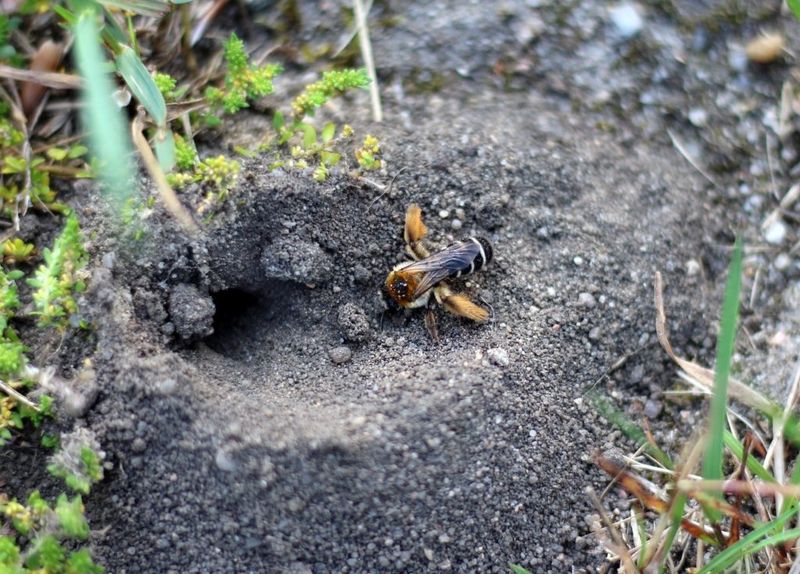
Males emerge first in late February, patrolling potential nesting areas while waiting for females to appear. Once females emerge, the mating dance begins – males hover in distinctive figure-eight patterns to attract partners.
After mating, females dig impressive tunnel systems up to 24 inches deep, with multiple brood chambers branching off the main shaft. Each chamber gets provisioned with a ball of pollen mixed with nectar before a single egg is laid. The mother seals each chamber with a waterproof secretion that protects her offspring.
Larvae develop throughout summer, pupate in fall, and remain as fully formed adults in their chambers until the following spring triggers their emergence.
8. Challenges Faced By Andrena Androfovea
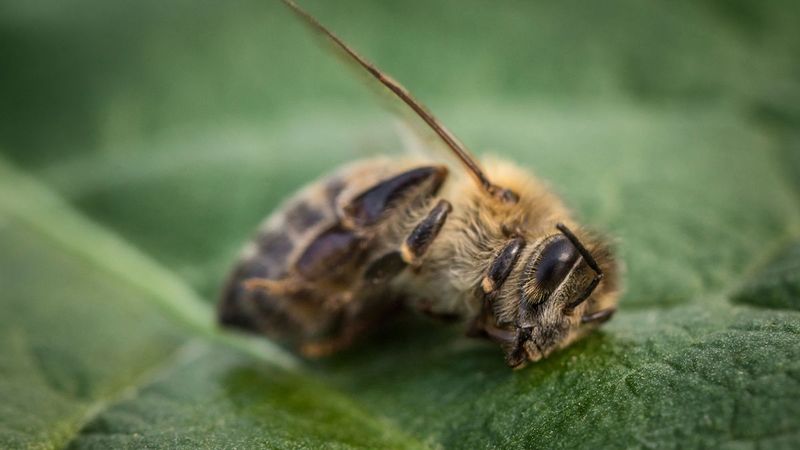
Habitat loss poses the greatest threat as native prairies continue disappearing beneath housing developments and agricultural expansion. These bees need undisturbed soil for nesting – something increasingly rare in developed areas.
Climate change disrupts the delicate timing between bee emergence and flower blooming. When spring temperatures fluctuate wildly, bees might emerge before their food plants flower or miss their narrow mating window.
Pesticides present another serious concern. Neonicotinoids in particular can persist in soil where these ground-nesting bees make their homes, affecting not just adults but developing larvae. Competition from introduced honeybees may also pressure these native specialists as they compete for limited floral resources.
9. The Discovery Of Andrena Androfovea
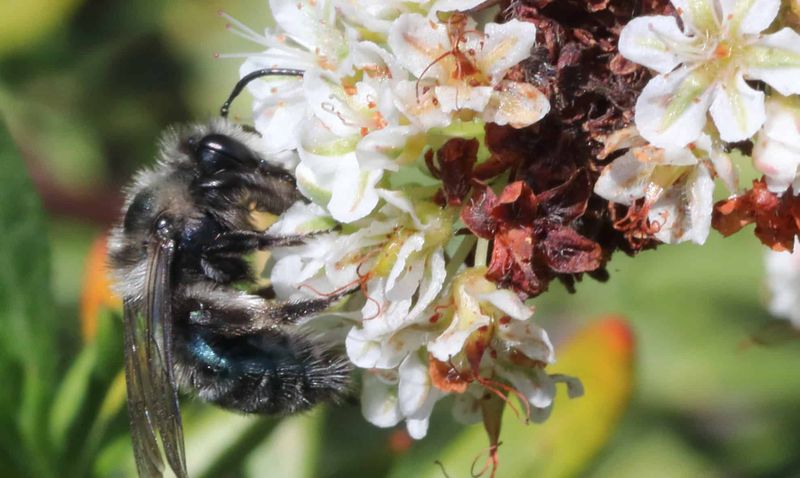
Graduate student Maria Gonzalez wasn’t looking for a new species when she set up bee monitoring stations along the Red River in 2019. Her routine collection yielded specimens that didn’t match any known species in identification guides.
Puzzled, she sent samples to Dr. James Wilson at the University of Texas, who confirmed her suspicion – they had found something new to science! DNA analysis revealed this bee belonged to the Andrena genus but was genetically distinct from all known relatives.
The name “androfovea” comes from the Latin words for “man” and “pit,” referencing the distinctive facial depression found on male specimens. The formal description was published in 2021 after two years of careful study to document all aspects of this new species.
10. How Andrena Androfovea Differs From Other Bees
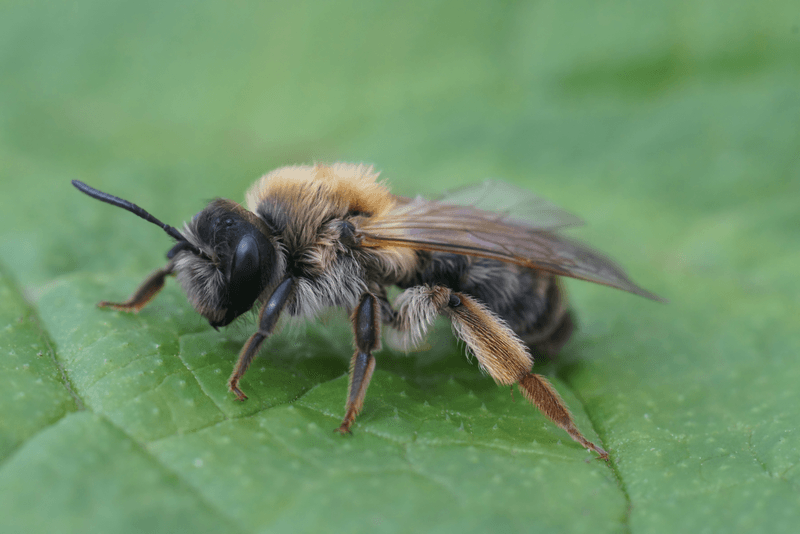
Unlike honeybees and bumblebees, Andrena Androfovea doesn’t produce honey or live in colonies. Each female functions as queen, worker, and architect of her own nest – true independence in the bee world!
Their tongues are shorter than those of honeybees, limiting them to open-faced flowers rather than deep tubular blooms. This specialization reduces competition with other bee species. Their flight season lasts just 4-6 weeks annually, compared to the months-long activity of honeybees.
Perhaps most fascinating is their incredible homing ability – experiments show they can find their unmarked nest entrances from over half a mile away, despite the ground looking uniform to human eyes.
11. Conservation Efforts For Andrena Androfovea
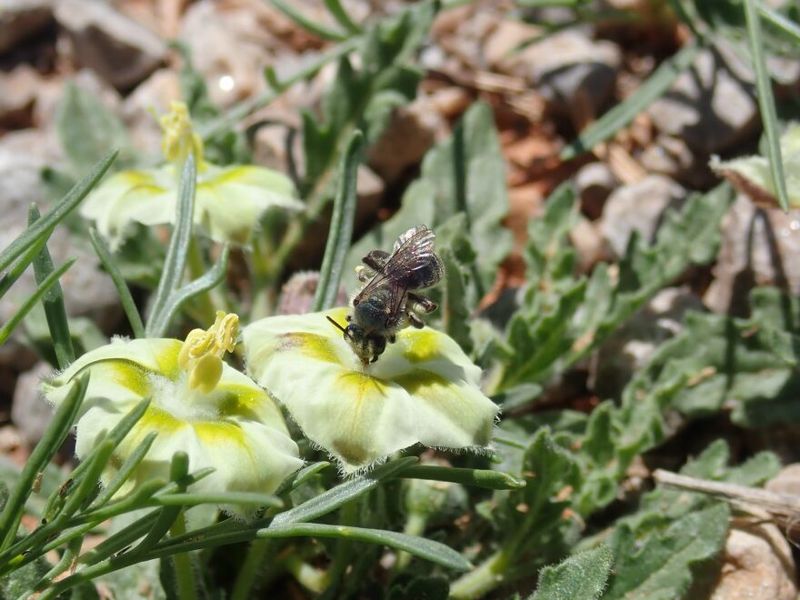
The Oklahoma Native Pollinator Project launched a citizen science program in 2022 to map these bees across both states. Volunteers armed with smartphones and identification guides help track populations while learning about native pollinators.
Several conservation organizations have purchased key habitat areas where these bees thrive. These protected zones create sanctuaries where development and pesticide use are prohibited, allowing populations to flourish.
University researchers are collecting seeds from plants these bees prefer, creating special “Androfovea Seed Mixes” for habitat restoration projects. Highway departments in both states have begun incorporating these mixes into roadside plantings, creating pollinator corridors that connect isolated bee populations.
12. What We Can Do To Protect Andrena Androfovea
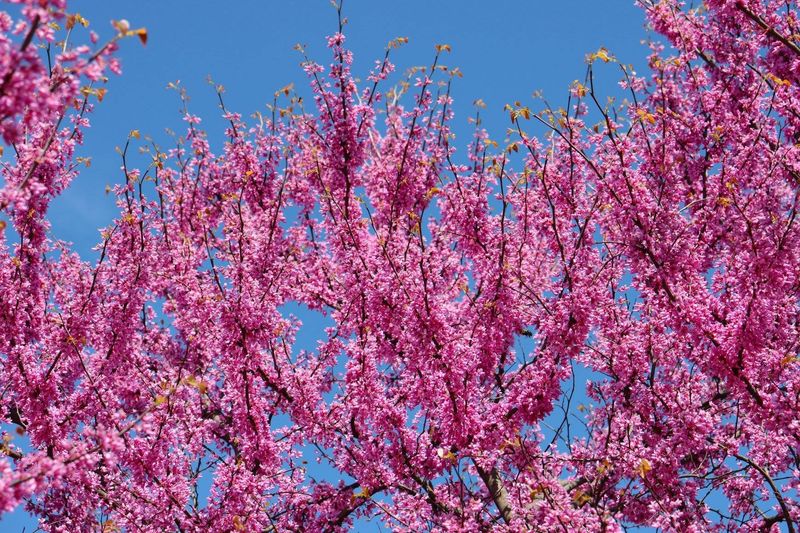
Creating mini-habitats in your yard makes a big difference for these specialized bees. Leave patches of bare, undisturbed soil in sunny spots for nesting sites – they need just a few square feet to establish homes.
Plant early-blooming native flowers like wild plum, redbud, and prairie verbena to provide food when these bees emerge. Avoid using pesticides, especially on flowering plants and soil where bees might nest.
Join community science projects tracking these bees by submitting photos to platforms like iNaturalist. Support local conservation organizations working to preserve prairie remnants in Texas and Oklahoma. Even spreading the word about these fascinating natives helps build public support for protecting them!

